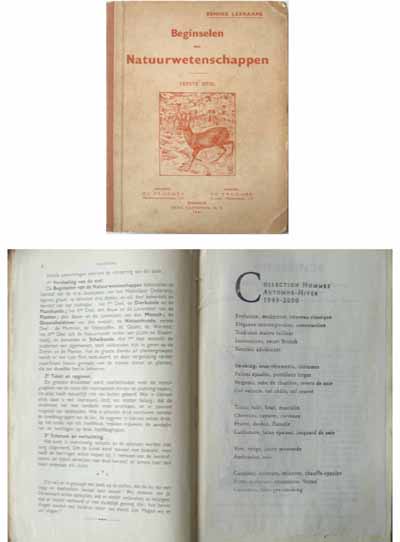What are some of the classes you offer, and who is your intended
audience? What are some of the classes, services and events that you
hope to offer in the future?
We now offer quite a bit. In addition to the continuous Intro Weaving and Intro Screen Printing courses, the Fall courses include paper and book arts, sewing, knitting, dyeing, embroidery, quilting… We’ve really enjoyed shifting our focus to an adult audience, while finessing and perfecting our kids programs (Summer Camp and Afterschool). We want to reach anyone with interest in learning new skills, sharing their work, and being part of a larger community.
In the future, we want to keep the momentum going by consistently offering new class topics and more advanced courses. However, once that is going, our focus can come back a bit to the Gallery and fiber artists. We really have some great shows planned, as well as a textile artists residency program in the works. In addition, we’ll hopefully be adding a product line and a free program for underserved teens in portfolio development for art and vocational schools. I could go through the ideas constantly spewed out daily, but we’d be here awhile…
Brooklyn Mini-Skills: Natural Dyeing from tom hayes on Vimeo.
You have a very small team of people working at the Center, so it
seems to really be a labor of love. How do you find that it’s working
out? Are you looking for interns and volunteers? (something that I’m
sure many Fashion Projects readers would like to know)
Boy is it a labor of love… Endless hours, but also endless fun. We’ve really created our ideal working life. There is never a shortage of people who want to be involved, and we love meeting new people. Some of our greatest advice and help has been 100% free. We really love this part of the community – textile lovers will do whatever they can for it and to be involved.
It’s hard when you are starting out to want to give up some dough to have hired help. But when we embarked upon the new space, growing rapidly, we quickly saw we needed real, solid help. We were drowning a bit! Both Isa (studio manager) and Kim (marketing assistant) started as free interns, devoting so much time, and are both now on staff. You don’t necessarily need a lot of people to run something like this, but you do need devotion and love for it. We’ve been lucky to have so many people around with this attitude.
We are always looking for interns and volunteers! Particularly coming up in the fall. We are aiming to be open 7 days a week, with late hours for artists, and need studio monitors we can trust in exchange for use of the studio.
You’re participating in Fashion’s Night Out on September 10th, with an
emphasis on Slow Fashion. In a way, this seems to be subverting FNO’s
original purpose of spurring consumption by restoring consumer
confidence and boosting the economy. (“Shop. For Something Good.” is
their tagline.) What are you trying to gain and what message are you
intending to spread by participating in this event?
I really thought hard about this when planning the event. The event started out as a small thing, since our Opening Party is the week after. But the feedback we were receiving from people was really positive so it kind of turned into something else entirely.
This positive feedback seemed to tell us there was a real place for this type of appreciation in fashion, that there are a lot of people that want to participate in FNO but not necessarily in the sense of pure consumerism.
I think FNO is great in many ways. The industry should not die out, designers need to be supported, and the economy does need a boost. There is no doubt about that. However, we didn’t feel right promoting blind consumerism. We are doing an event about the direction we think fashion should be taking, and IS taking, as we speak. Eco-fashion is the new thing…”green is the new black”, right?
As with all of our programs, the main objective is to educate. We wanted to support local Brooklyn/NYC designers that are making things by hand, with fabrics made in sustainable ways, with versatile, classic design sense. At the same time we wanted to make sure that people were walking away from the event with the understanding that “Sustainable Fashion” is not only about buying from designers who use organic fabrics. Yes, that is important, but the responsibility is on the consumer as well as the designer. “Slow Fashion” is buying what you need, what you love, buying locally, reusing and repurposing materials, learning about and knowing how to do-it-yourself…It’s imperative to understand the industry you are buying from and having the knowledge to make the right decisions of what and who you want to support with your well-earned cash.














